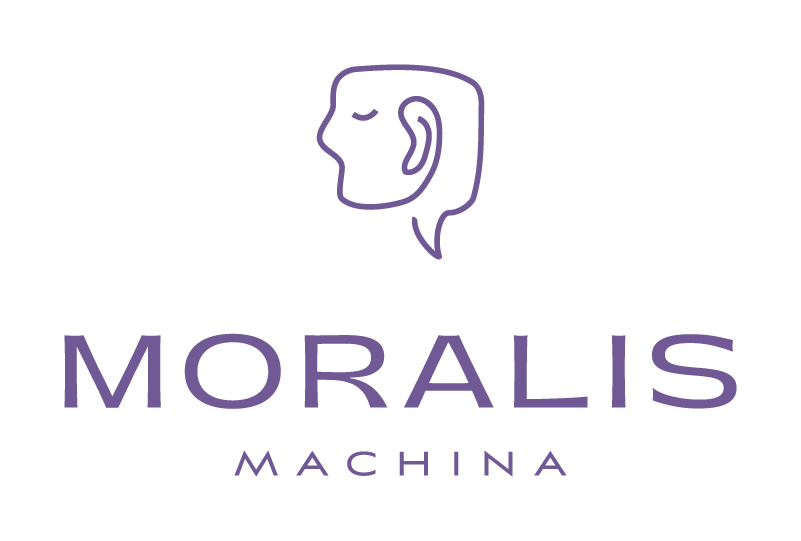Jan 10 • Kristyn Peterson
5 OCM Facts and How BCBAs Can Help
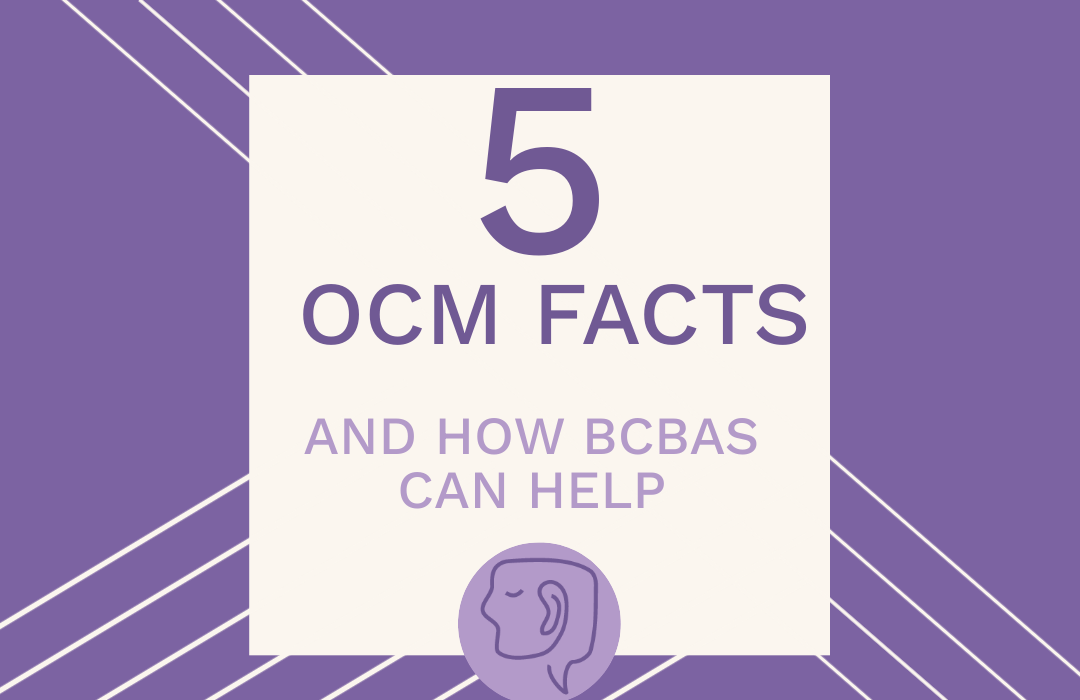
Organizational Change Management (OCM) is a thriving business area with lots of potential for improvements with behavioral science. But, it isn't perfect. We are going to look at 5 statistics about OCM as a practice, and talk about research-based behavioral interventions that can help.
The great news? A lot of these things can be impacted by basic behavioral techniques that BCBA's have a solid understanding of - just as long as you can generalize it to this application!
Let's dive in!
The great news? A lot of these things can be impacted by basic behavioral techniques that BCBA's have a solid understanding of - just as long as you can generalize it to this application!
Let's dive in!
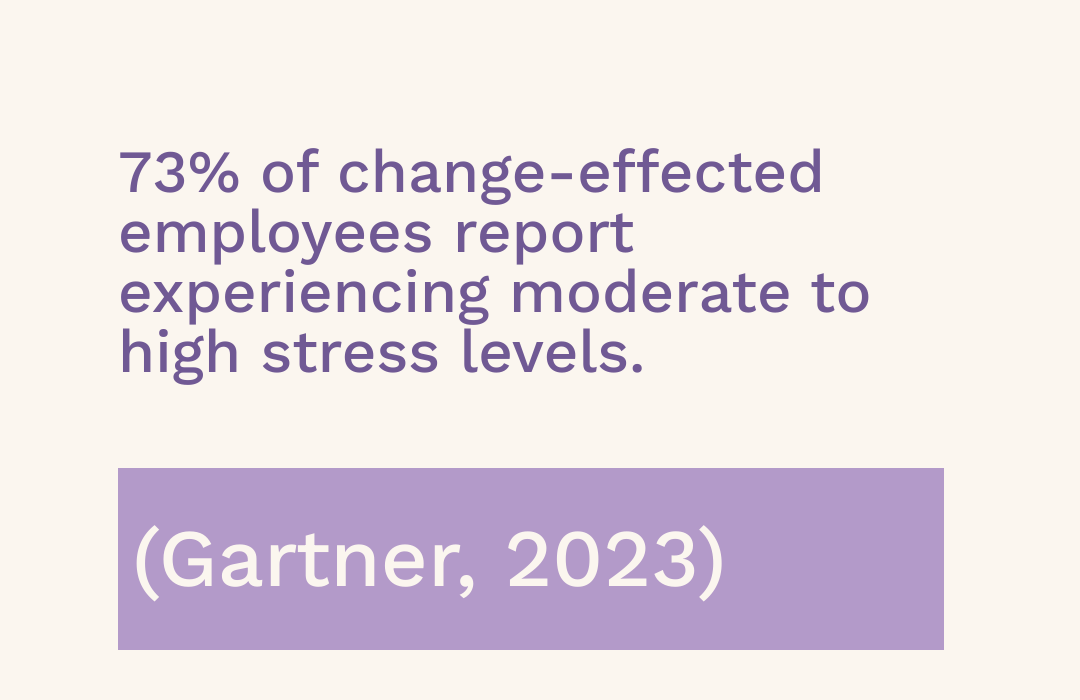
HOW CAN WE DECREASE EMPLOYEE STRESS DURING CHANGE?
Antecedent Interventions: What are strategies that we can put into place, before the change, to help people manage their stress? This could look like Employee Assistance Programs (EAPs), corporate wellness programs, or improving inefficient processes that drive conflict higher.
Identifying Precursor Behaviors: Do managers know how to identify "precursor behaviors"? (Those are "warning signs" that an employee is on the path to burnout). These are different for every employee. But, by ensuring that managers and leadership are dialing in their observation skills, they can intervene and provide support before a fire starts, or an employee turns over.
Job Aids: Something basic that frequently gets forgotten? Easy to find, easy to use tools for employees to use during the change. Even if the task isn't hard - it can be frustrating when it's new. The task takes longer until we build that muscle memory (also referred to as "fluency"), so having a cheat sheet can make a world of difference.
Process Improvement: Does the process make sense? Is it as efficient as possible, or are we passing things back and forth between people, functions and departments more than we need to? By making sure our process is as simple and elegant as possible, we can decrease frustrations and stress experienced by employees.
Identifying Precursor Behaviors: Do managers know how to identify "precursor behaviors"? (Those are "warning signs" that an employee is on the path to burnout). These are different for every employee. But, by ensuring that managers and leadership are dialing in their observation skills, they can intervene and provide support before a fire starts, or an employee turns over.
Job Aids: Something basic that frequently gets forgotten? Easy to find, easy to use tools for employees to use during the change. Even if the task isn't hard - it can be frustrating when it's new. The task takes longer until we build that muscle memory (also referred to as "fluency"), so having a cheat sheet can make a world of difference.
Process Improvement: Does the process make sense? Is it as efficient as possible, or are we passing things back and forth between people, functions and departments more than we need to? By making sure our process is as simple and elegant as possible, we can decrease frustrations and stress experienced by employees.
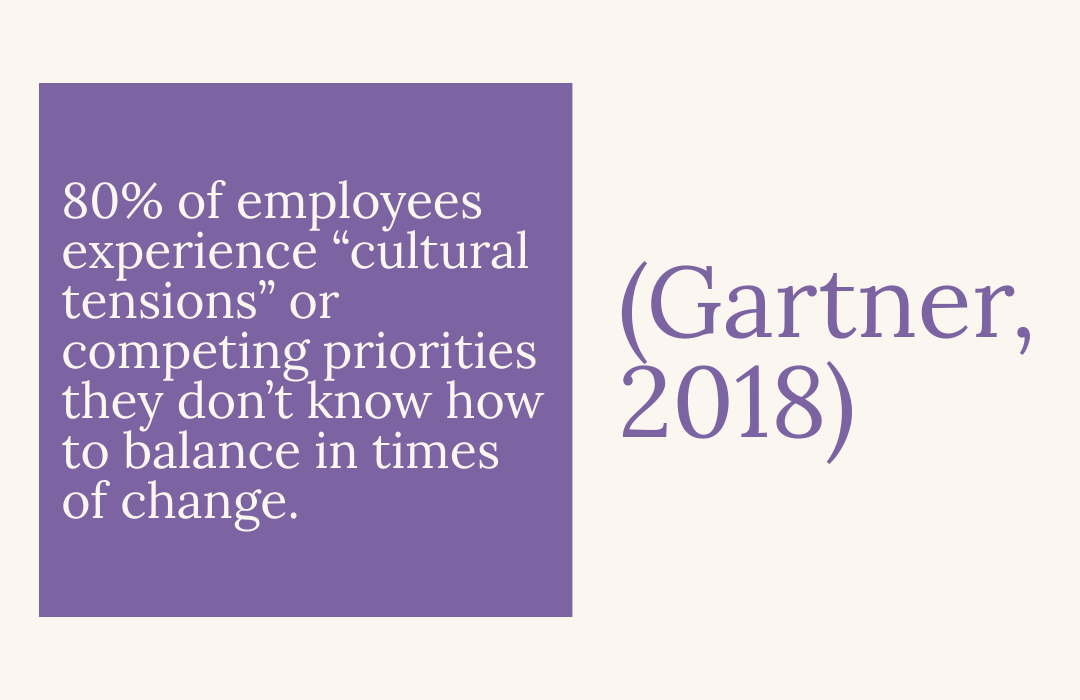
CHANGE DOESN'T NEED TO PRODUCE CONFUSION AND CONFLICT.
Contingency Analysis: When employees are experiencing competing priorities, analyzing the contingencies at play through a "functional behavior assessment" can help us significantly. Finding where rewards or punishments are coming from and working to align these can ensure that we are getting the results we need.
PIC/NIC & E-TIP: These are two fantastic assessments that allow us to look at the dimensions of consequences in a unique way. Does the employee think this is important? Are rewards uncertain? Are they so delayed they're ineffective? These questions can help us design the environment to produce consistent change.
PIC/NIC & E-TIP: These are two fantastic assessments that allow us to look at the dimensions of consequences in a unique way. Does the employee think this is important? Are rewards uncertain? Are they so delayed they're ineffective? These questions can help us design the environment to produce consistent change.
*COMING SOON*
Reinforcement Strategies: Sometimes folx need a little extra encouragement during times of change. These can be naturally occurring, or programmed for. There is a lot of behavioral science at play with how to design effective rewards and incentives, but with a little creative thinking - something BCBAs excel at - this can fit your budget, your culture, and the organizational change.

INFLUENCE CHANGE AND HELP MAKE IT STICK.
Pinpointing: Pinpointing is creating a measurable, specific, and observable goal. This process also ensures that the goal is under the control of the people involved (something that we see frequently falls down during organizational change initiatives).
Shaping: There's a lot of space between A (our current state) and Z (our future state). Figuring out how to break that down, in a measurable way that's palatable to every member on the team is a specialty in behavioral science. When it's done well, it feels like the gentle flow of a river instead of a tidal wave - and that's much better for our teams.
Chaining: When we are managing super complex changes, it may behoove us to take small bites, make sure they are close to perfect, and then add these pieces together. It's similar to shaping - but we are adding things together instead of slowly shifting them over time.
Shaping: There's a lot of space between A (our current state) and Z (our future state). Figuring out how to break that down, in a measurable way that's palatable to every member on the team is a specialty in behavioral science. When it's done well, it feels like the gentle flow of a river instead of a tidal wave - and that's much better for our teams.
Chaining: When we are managing super complex changes, it may behoove us to take small bites, make sure they are close to perfect, and then add these pieces together. It's similar to shaping - but we are adding things together instead of slowly shifting them over time.
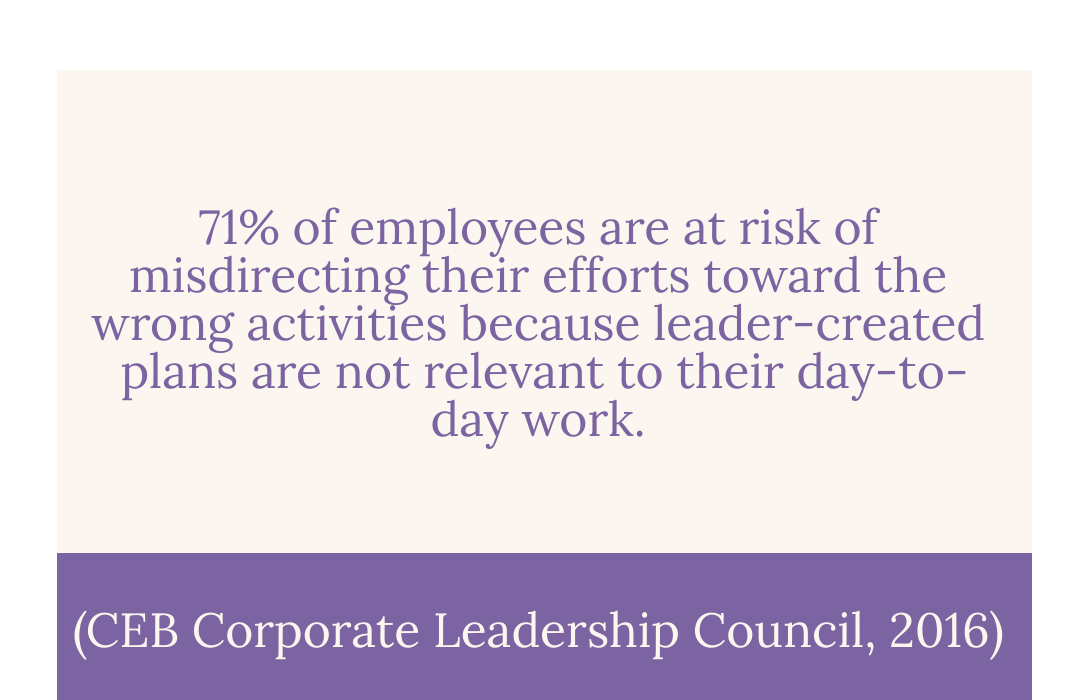
HELP YOUR TEAM DO THE RIGHT THING.
Performance Management: How are we managing the day to day workflows of our employees? How are we helping them prioritize their time?
Performance Feedback: Feedback sounds like a simple process, but there is a ton of behavioral research that shows that, in isolation, it isn't all that effective unless it adheres to best practices. Do you know what the best-practices are? (Hint: the feedback sandwich ain't it).
Performance Monitoring: As the old saying goes, "What gets measured gets managed". But, are we measuring and monitoring the correct things?
Job Aids: Job aids help here, too. The more clarity and supports we can give, the more likely our team is to engage in the correct behaviors, at the right time, to help sustain the change.
Gap Analyses: Sometimes it's overwhelming even trying to figure out where our employees are at in comparison to where we need them to be.
Performance Feedback: Feedback sounds like a simple process, but there is a ton of behavioral research that shows that, in isolation, it isn't all that effective unless it adheres to best practices. Do you know what the best-practices are? (Hint: the feedback sandwich ain't it).
Performance Monitoring: As the old saying goes, "What gets measured gets managed". But, are we measuring and monitoring the correct things?
Job Aids: Job aids help here, too. The more clarity and supports we can give, the more likely our team is to engage in the correct behaviors, at the right time, to help sustain the change.
Gap Analyses: Sometimes it's overwhelming even trying to figure out where our employees are at in comparison to where we need them to be.
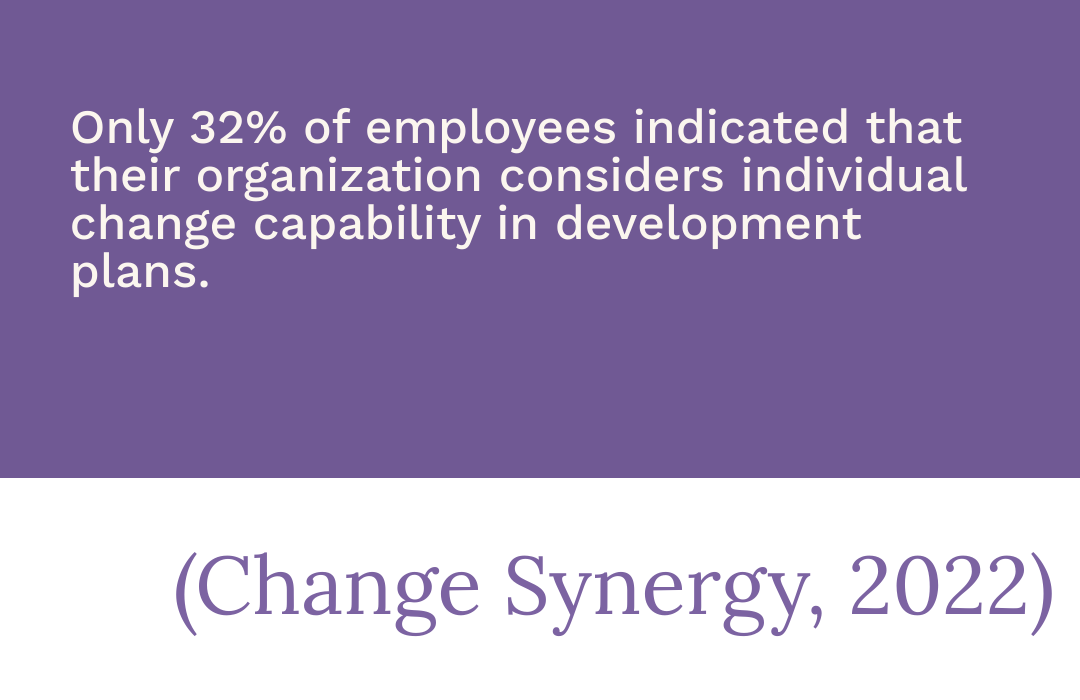
HOW DO WE SET UP OUR EMPLOYEES FOR SUCCESSFUL CHANGE, INDIVIDUALLY?
Competency-Based Training: Competency-based means that we do something that sounds obvious but is frequently missed: Do we know the employees can actually engage in the behavior? That means making sure that we are designing training in a way to have employees engage in the actual skill. Then, we measure it, and make sure they're doing it to an acceptable level of accuracy.
Fluency-Based Training: This takes competency-based training one step further. If we know they can do it and do it accurately (that's competency-based), can they do it fast and without errors? In behavioral science, "fluency" means it's low effort, smooth and easy to do the skill we need.
Shaping: We touched on this one above - but it applies here, too. If we need employees to engage in a lot of new skills, we may need to take a step-wise approach with a structured training plan to get them there.
Chaining: You know this one already, too! The more skills need, and the more complex they are, the more teaching things separately and combining them may make sense. Think about it like baking a cake - we usually mix all the wet ingredients together, and the dry ingredients (e.g., flour, baking soda) separately before we add them all together.
Behavior Momentum: When we think about behavior momentum, we think about creating an environment that's sort of like a "snowball rolling down a hill". It more it rolls, the bigger and faster it gets - and very importantly - it's hard to stop. Who doesn't want an unstoppable team following organizational change?
Fluency-Based Training: This takes competency-based training one step further. If we know they can do it and do it accurately (that's competency-based), can they do it fast and without errors? In behavioral science, "fluency" means it's low effort, smooth and easy to do the skill we need.
Shaping: We touched on this one above - but it applies here, too. If we need employees to engage in a lot of new skills, we may need to take a step-wise approach with a structured training plan to get them there.
Chaining: You know this one already, too! The more skills need, and the more complex they are, the more teaching things separately and combining them may make sense. Think about it like baking a cake - we usually mix all the wet ingredients together, and the dry ingredients (e.g., flour, baking soda) separately before we add them all together.
Behavior Momentum: When we think about behavior momentum, we think about creating an environment that's sort of like a "snowball rolling down a hill". It more it rolls, the bigger and faster it gets - and very importantly - it's hard to stop. Who doesn't want an unstoppable team following organizational change?
READY TO LEARN MORE?
LIVE VERSION STARTS 1/22/2024
*ASYNCHRONOUS COMING SOON*
GET IN TOUCH
-
@ABA_in_the_wild
-
linkedin.com/company/moralis-machina/
-
info@moralismachina.com
ABA IN THE WILD NEWSLETTER
Get monthly updates on live events, job seeker tips, reading recommendations, and more.
Thank you!
Copyright © 2024
